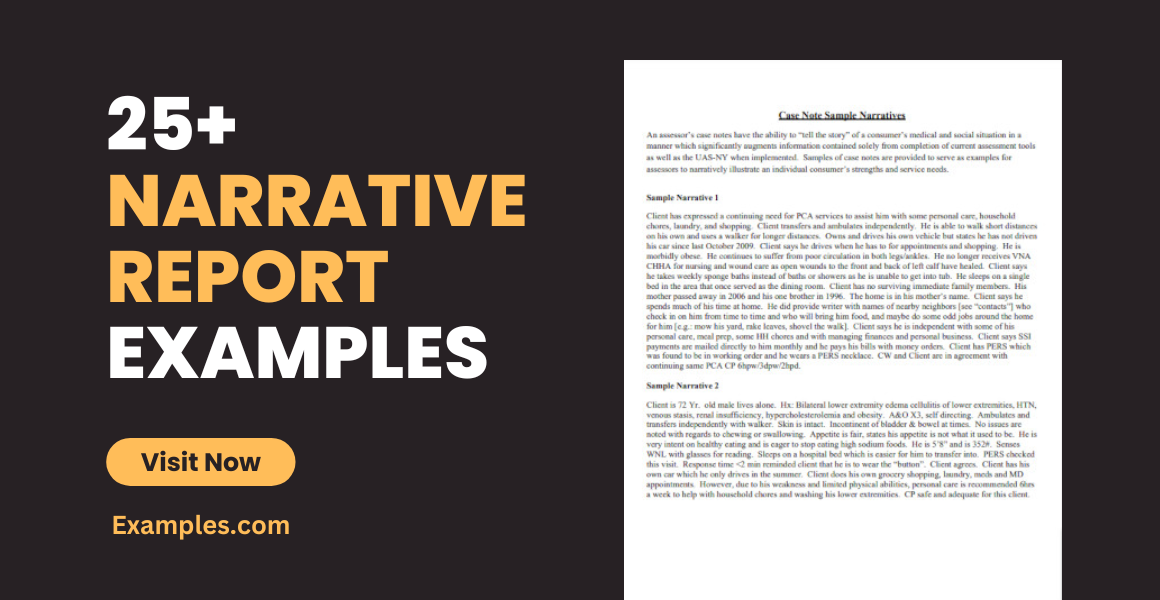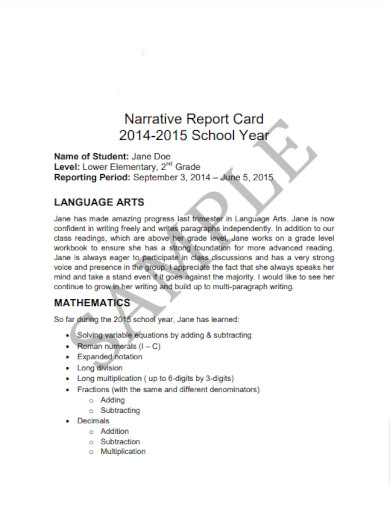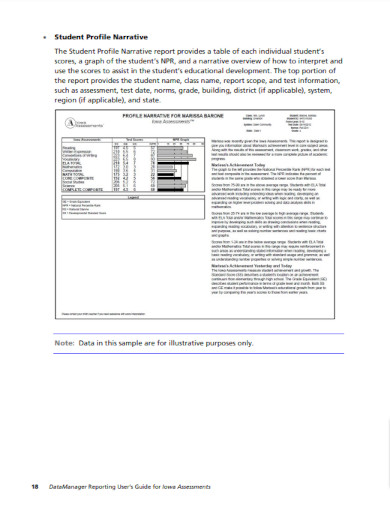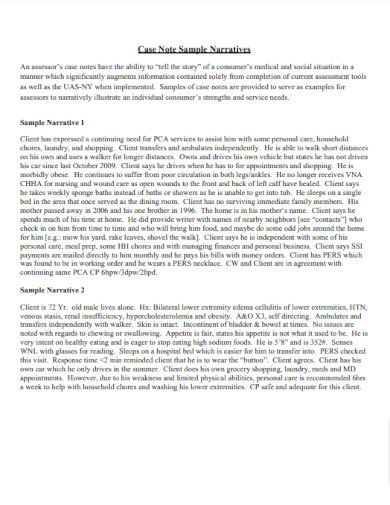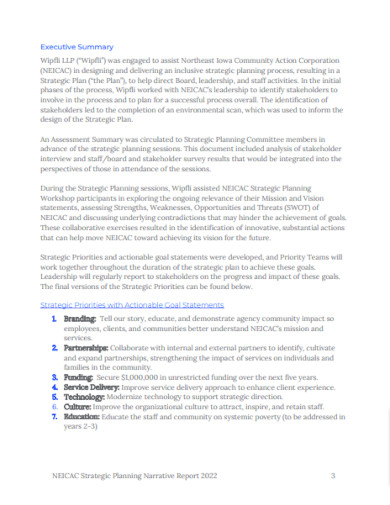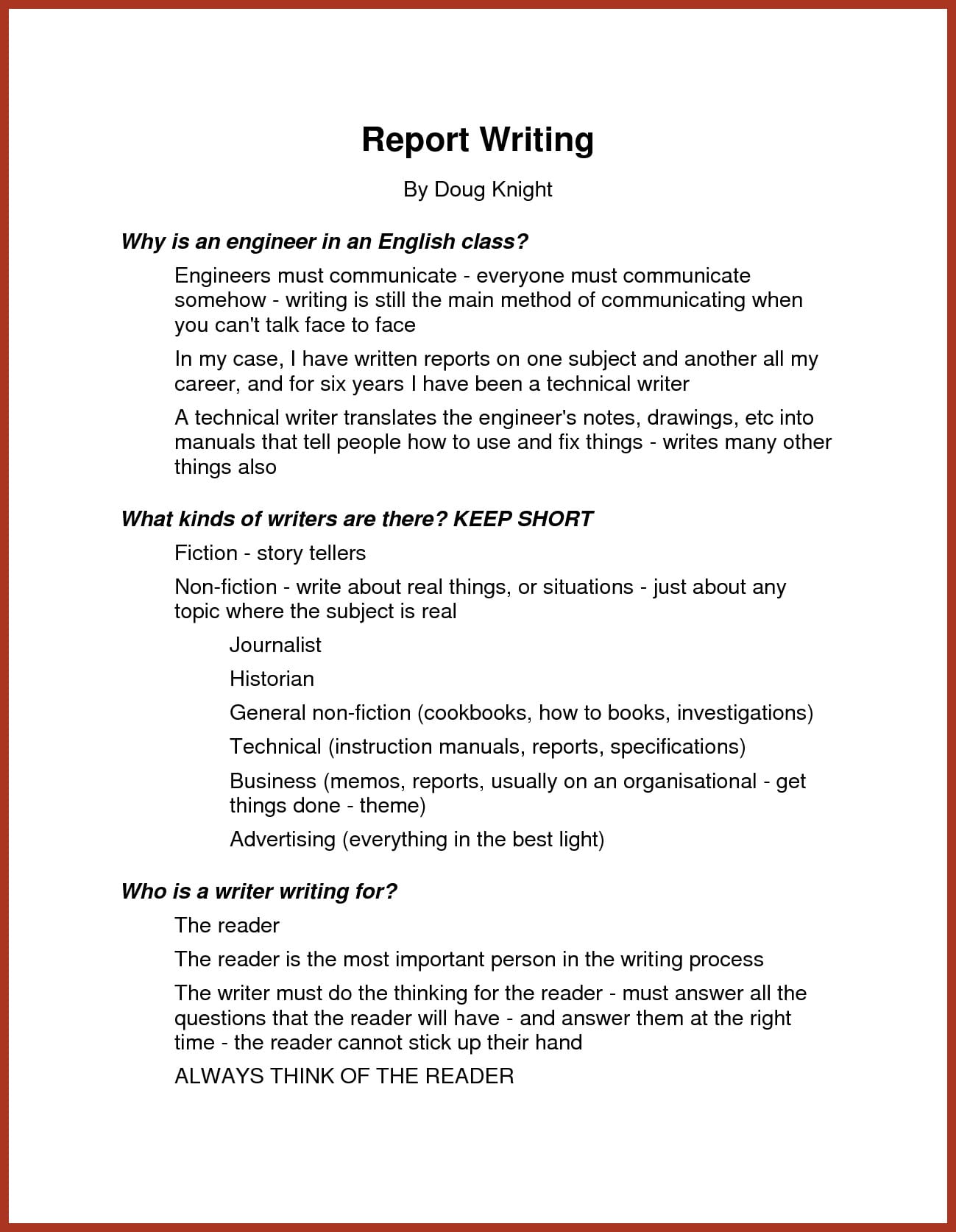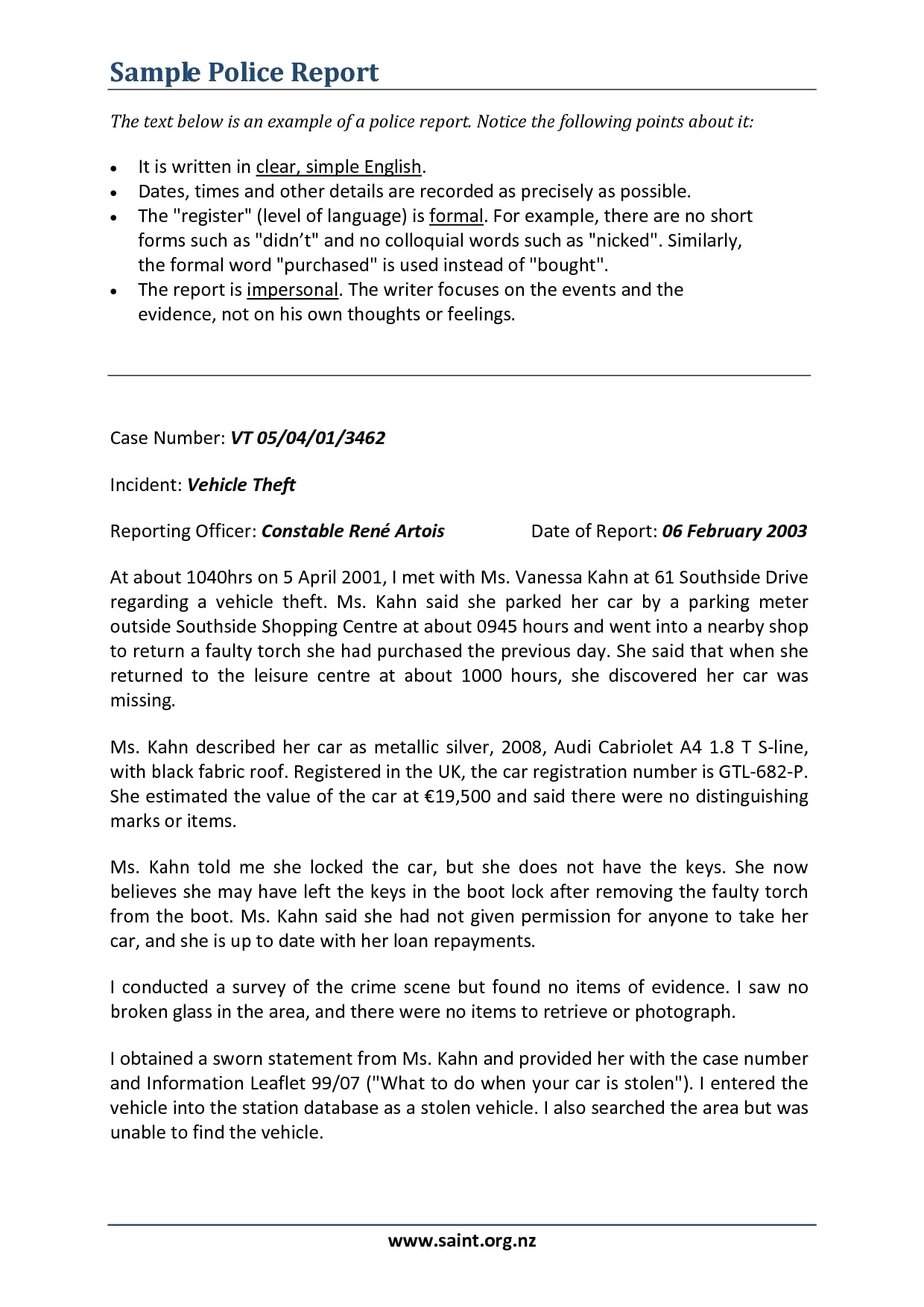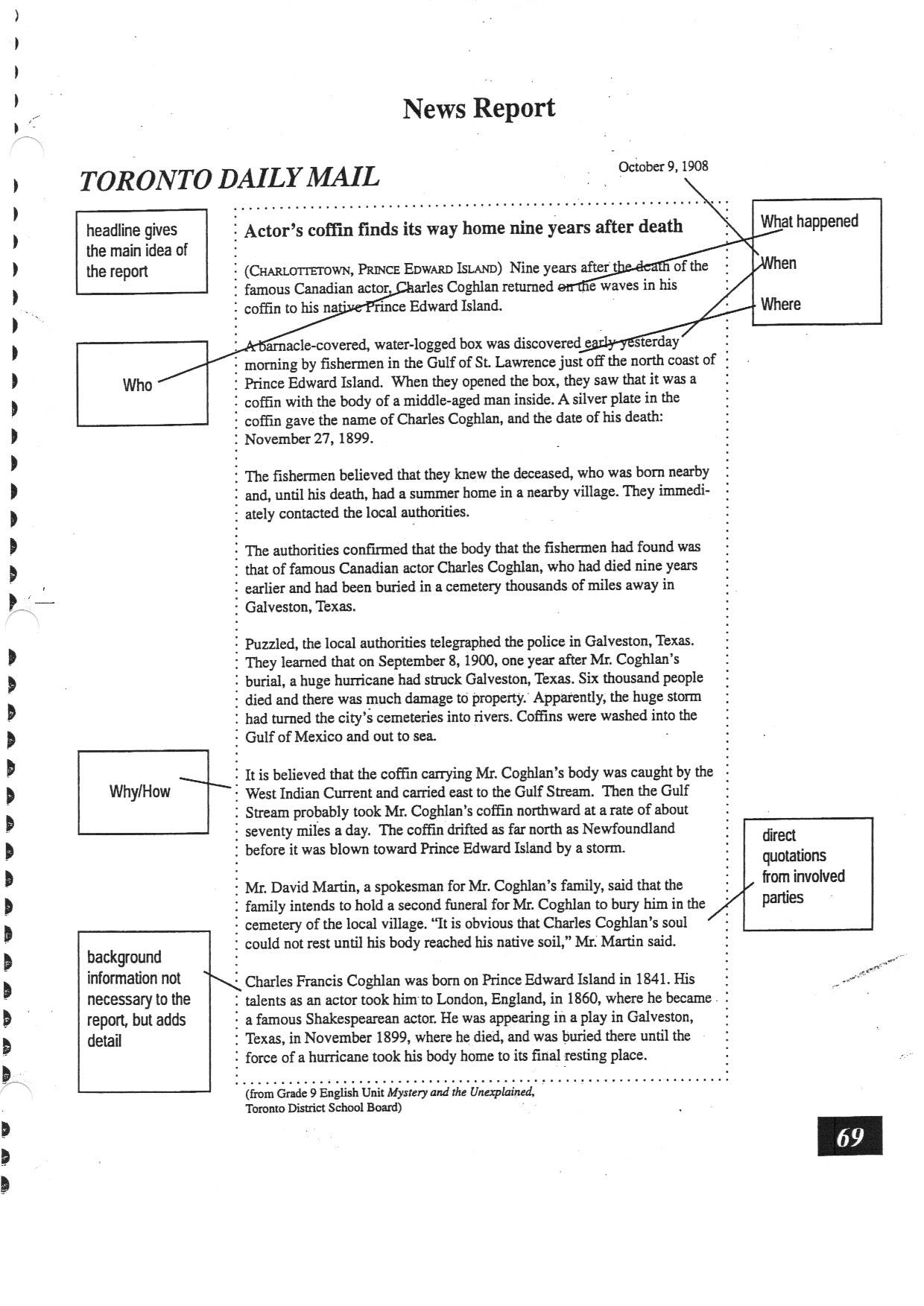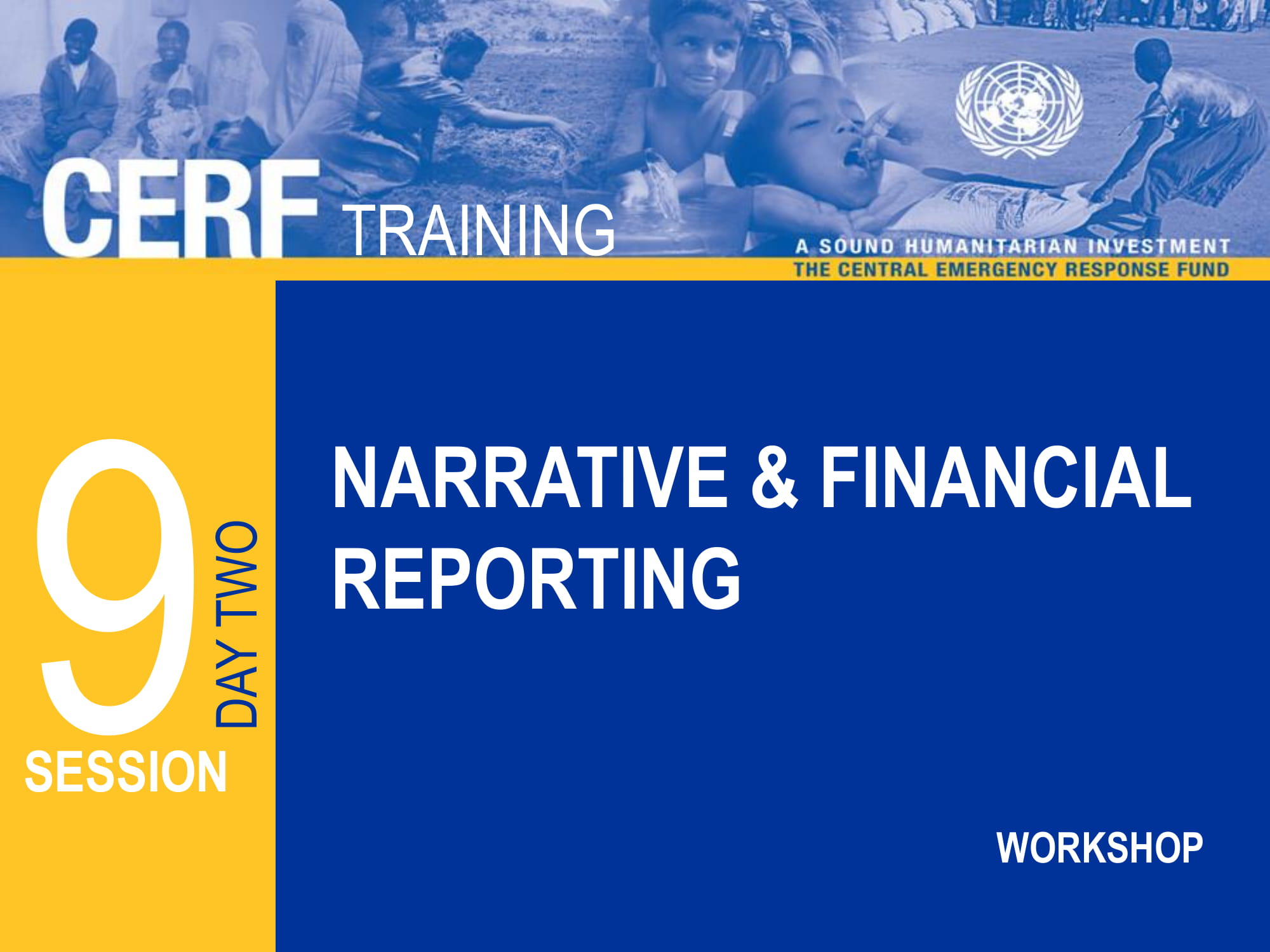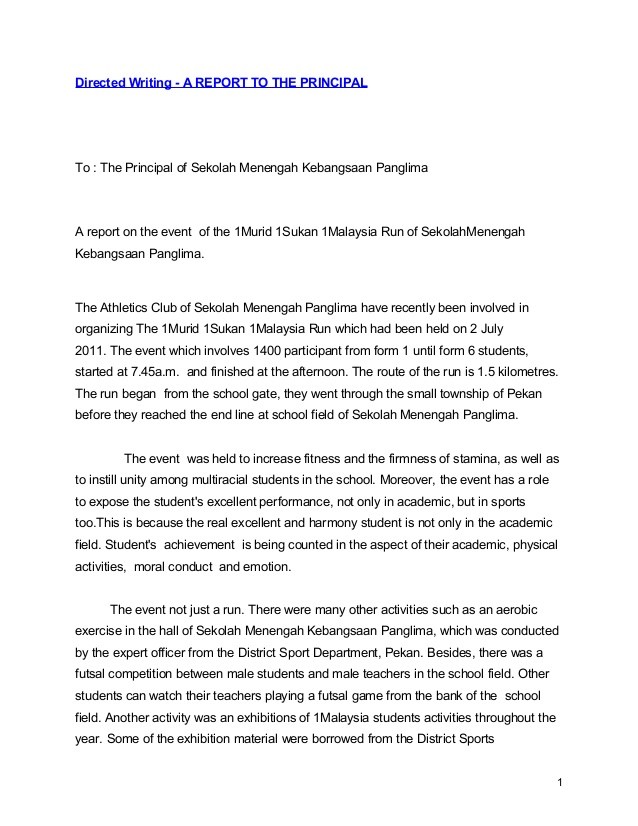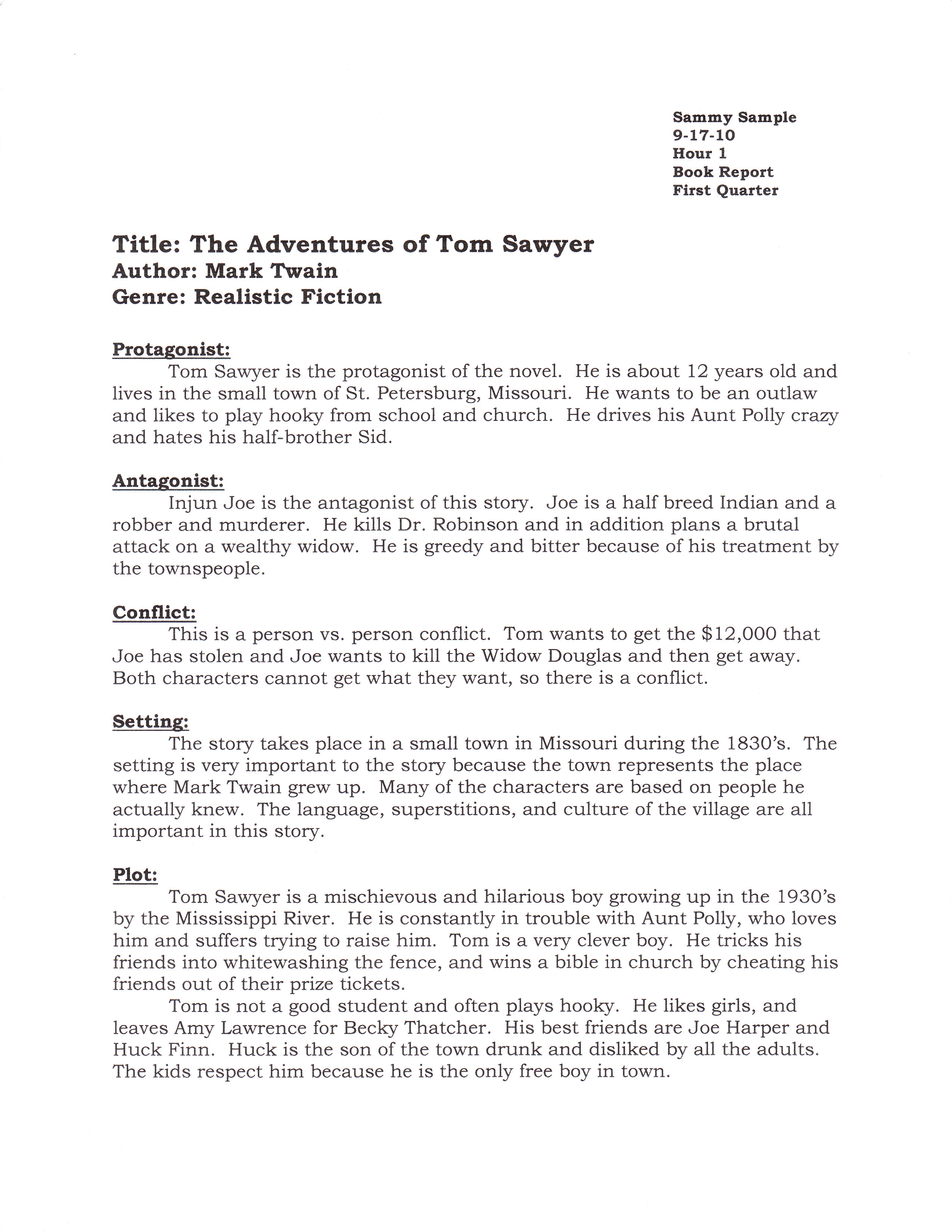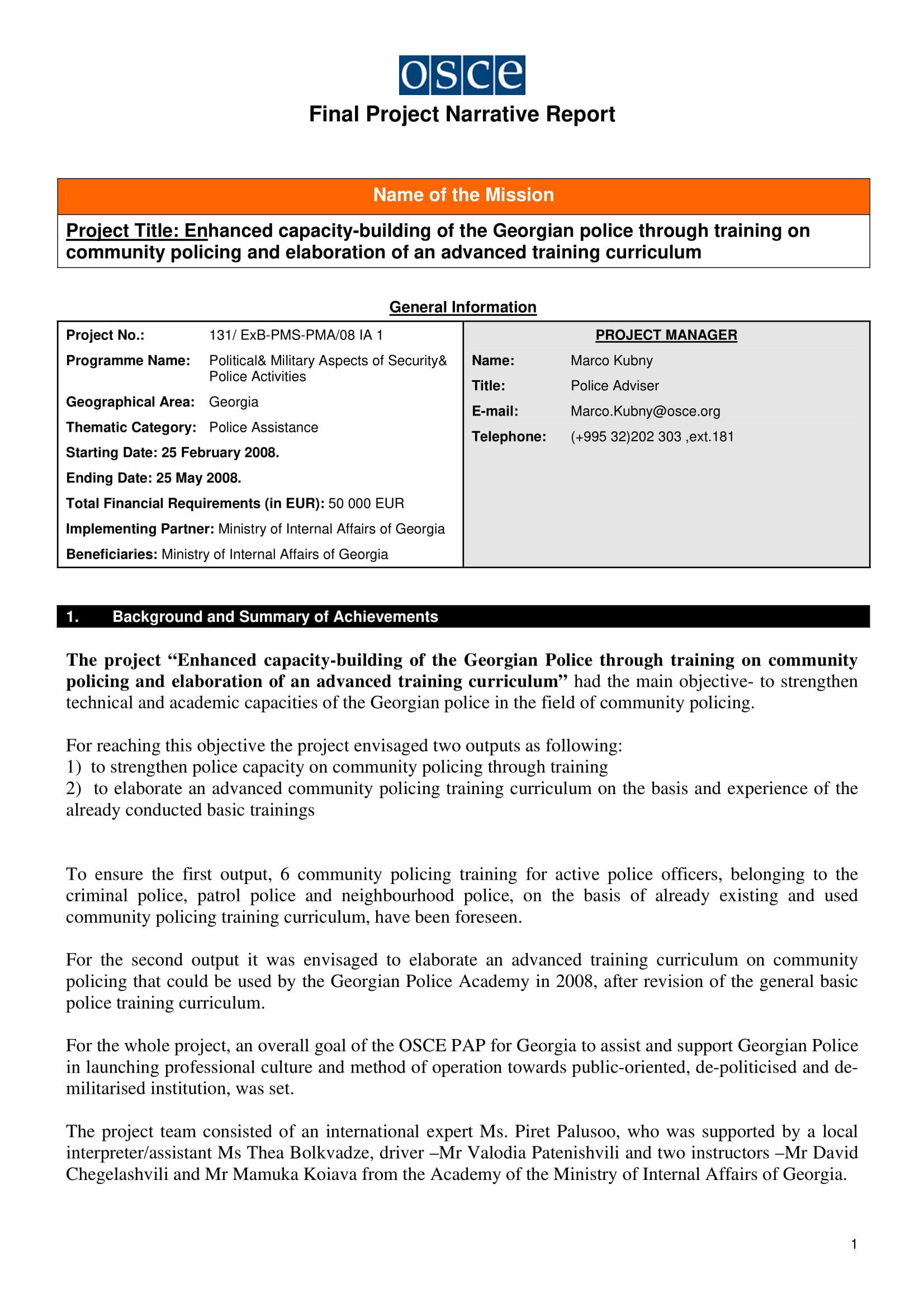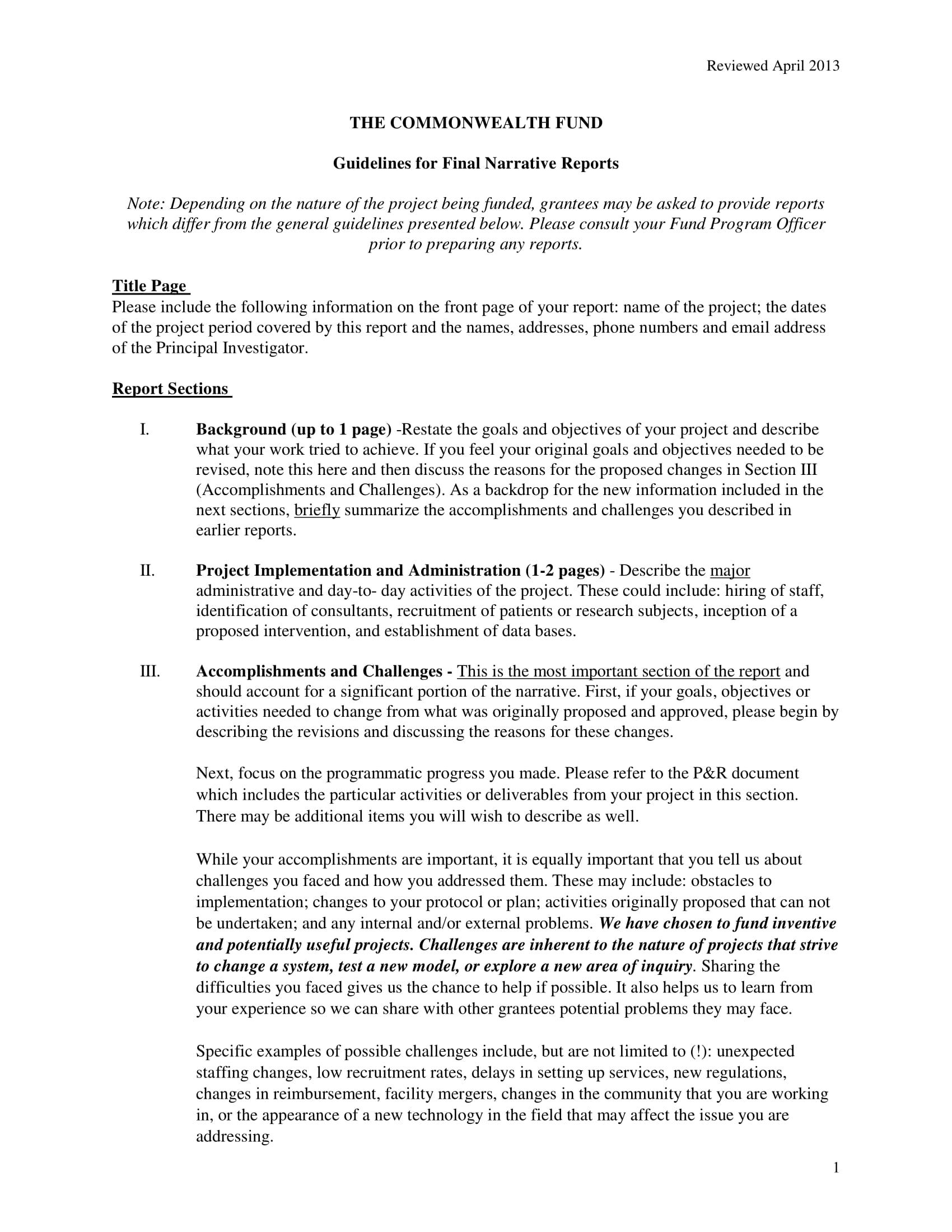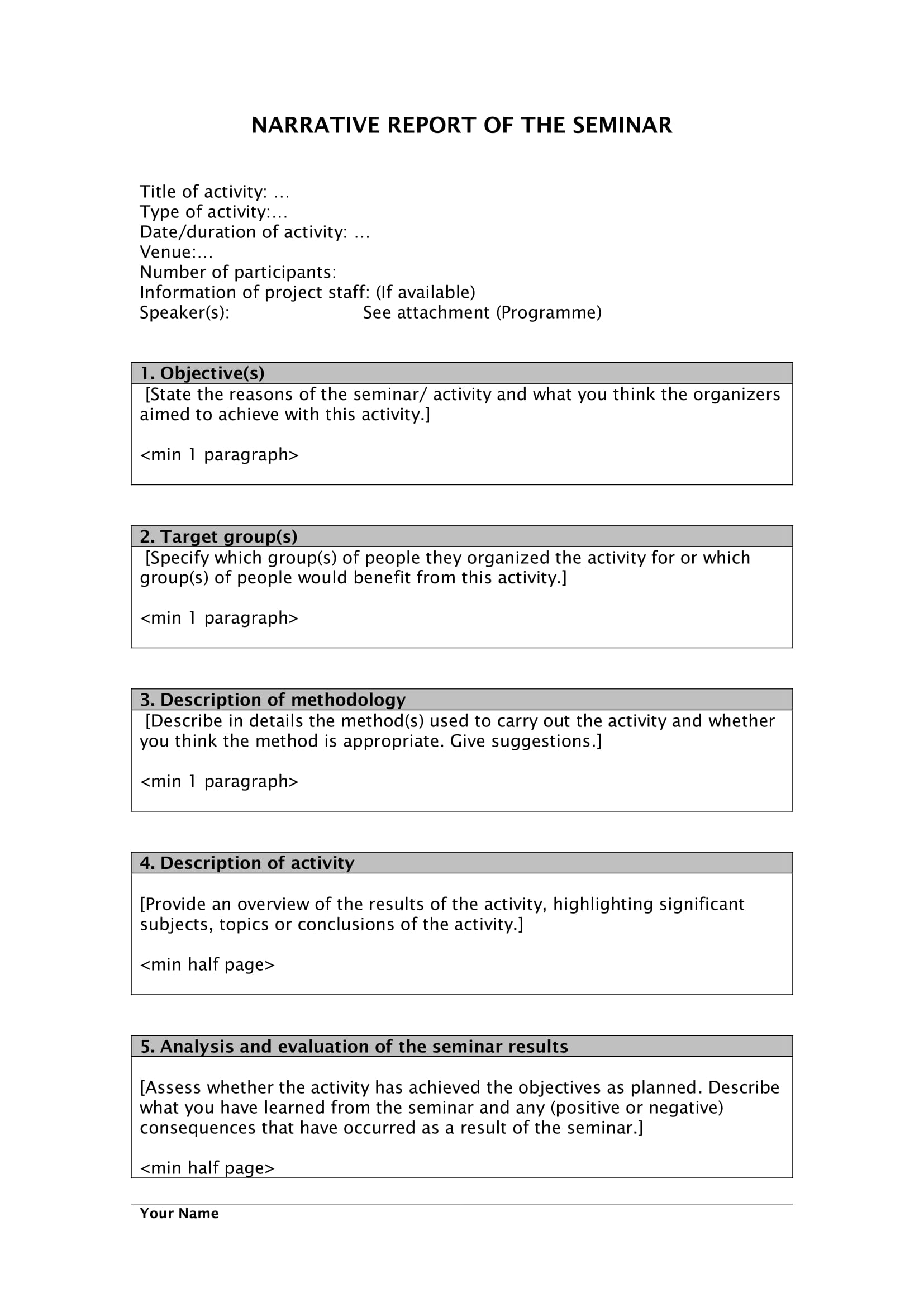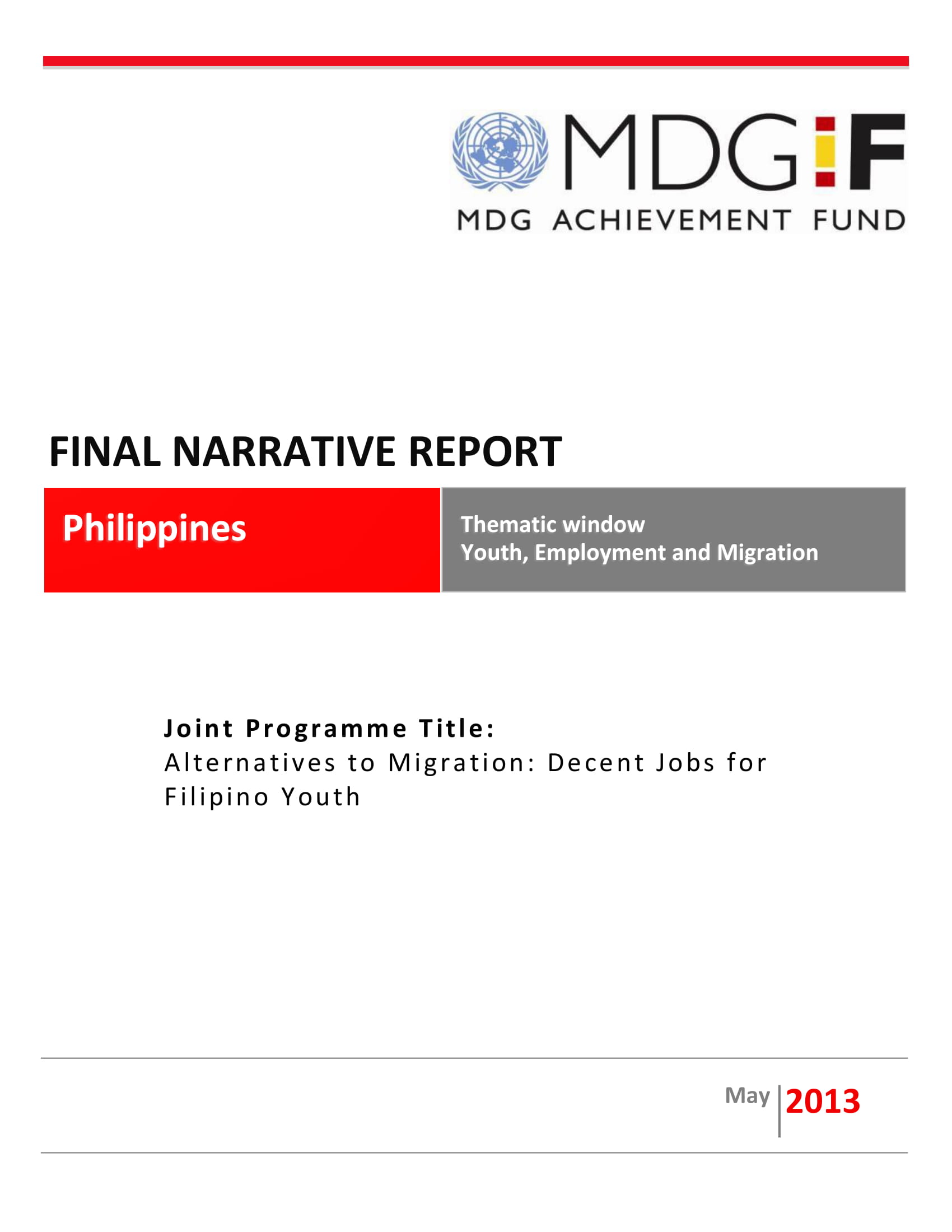25+ Narrative Report Examples to Download
As a student you have had countless encounters with report writing. These papers is no longer shocks you but in the midst of your paper writing, you have always come to a point where your don’t know how to write the academic paper, how to start it, what should be included and what should be excluded; before you even get the chance to begin you’re already facing a dilemma.
What is a Narrative Report?
A narrative report is a detailed illustration of an event that has occurred in chronological order. Simply put, it is a detailed chronological piece of writing. It is comparable to that of a police report. Meaning, a narrative report presents things or events that has happened in the past through a logical progression of the relevant information.
The main purpose of a narrative report is to present a factual depiction of what has occurred. A strong attention to detail is used in order to accurately shed some light on the things or event that happened. A narrative report is commonly used in the legal or justice system. This report is written when resolving disputes, filing complaints, or as a piece of evidence in case settlements.
This report adheres and focuses on the five W questions — Who? Where? When? What? and Why? Since this report is used as evidence, those questions are addressed and answered along with the evidence necessary to prove such answers. Each question must be comprehensively answered and even the smallest details should be provided. In addition, the assumptions made on the report must be based on verified facts or evidence. If you fail to do so, your report might lose its value or your credibility as a writer.
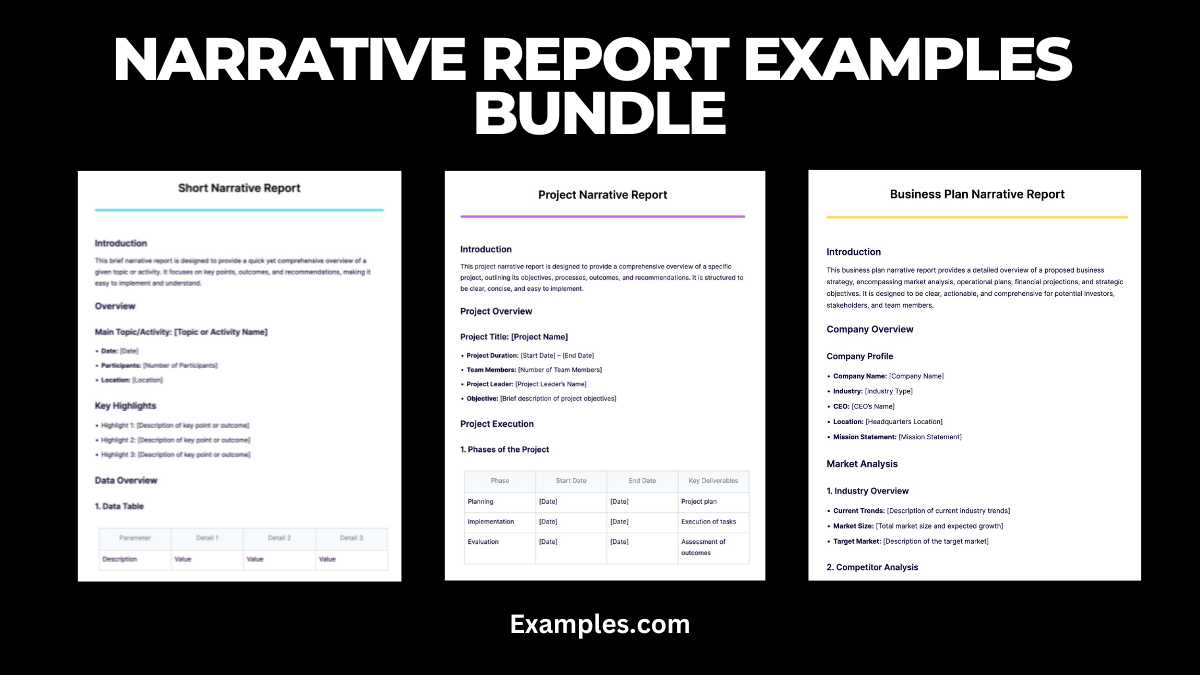
Download Narrative Report Bundle
As they say, students eat essays and reports for breakfast, therefore, this is not something new to you. Your teachers will require you to write essays or reports regarding a certain topic or circumstance with at least a thousand word count and even though you’re used to writing these documents it can still be a difficult task. You may also see consulting report examples.
Essays and reports are just some of the most common documents written while in the academe. It explores the students’ ability to logically examine another document and make a sensible judgment. Not only that, it also enhances the students’ thought process, writing skill and organization skills.
Narrative Report Format
Title Page
This is the front page that displays the report’s title, the author’s name, and the date of the report. It provides a clear identification of the report’s content.
Introduction
This section sets the stage by providing background information and stating the purpose of the report. It gives readers context and helps them understand what the report will cover.
Body
Context: Details the setting and circumstances of the events or the situation being reported. This part paints a picture of the environment and conditions under which the events occurred.
Events: Narrates the actual events in the order they happened. This chronological detailing is crucial for clarity and coherence in the report.
Personal Reflections: Here, the author includes their thoughts, feelings, and insights about the events. This section adds depth and personal perspective to the report.
Conclusion
Wraps up the report by summarizing the events and discussing their outcomes, implications, or lessons learned. It brings closure to the narrative.
Example of Narrative Report
Title: Science Fair Experience 2024
Introduction: This report describes my experience participating in the Regional Science Fair 2024, held at Lincoln High School.
Body:
- Context: The fair was held on March 15th, 2024. Participants from various schools presented projects on environmental science.
- Events: My project was on ‘The Effects of Urbanization on Local Bird Populations’. I detailed my preparation, the research process, and how I interacted with attendees and judges during the fair.
- Personal Reflections: I reflect on the challenges faced during project preparation, my learning experience, and the satisfaction of presenting my research.
Conclusion: The science fair was a rewarding experience that enhanced my research skills and increased my interest in environmental science.
1. Short Narrative Report Example
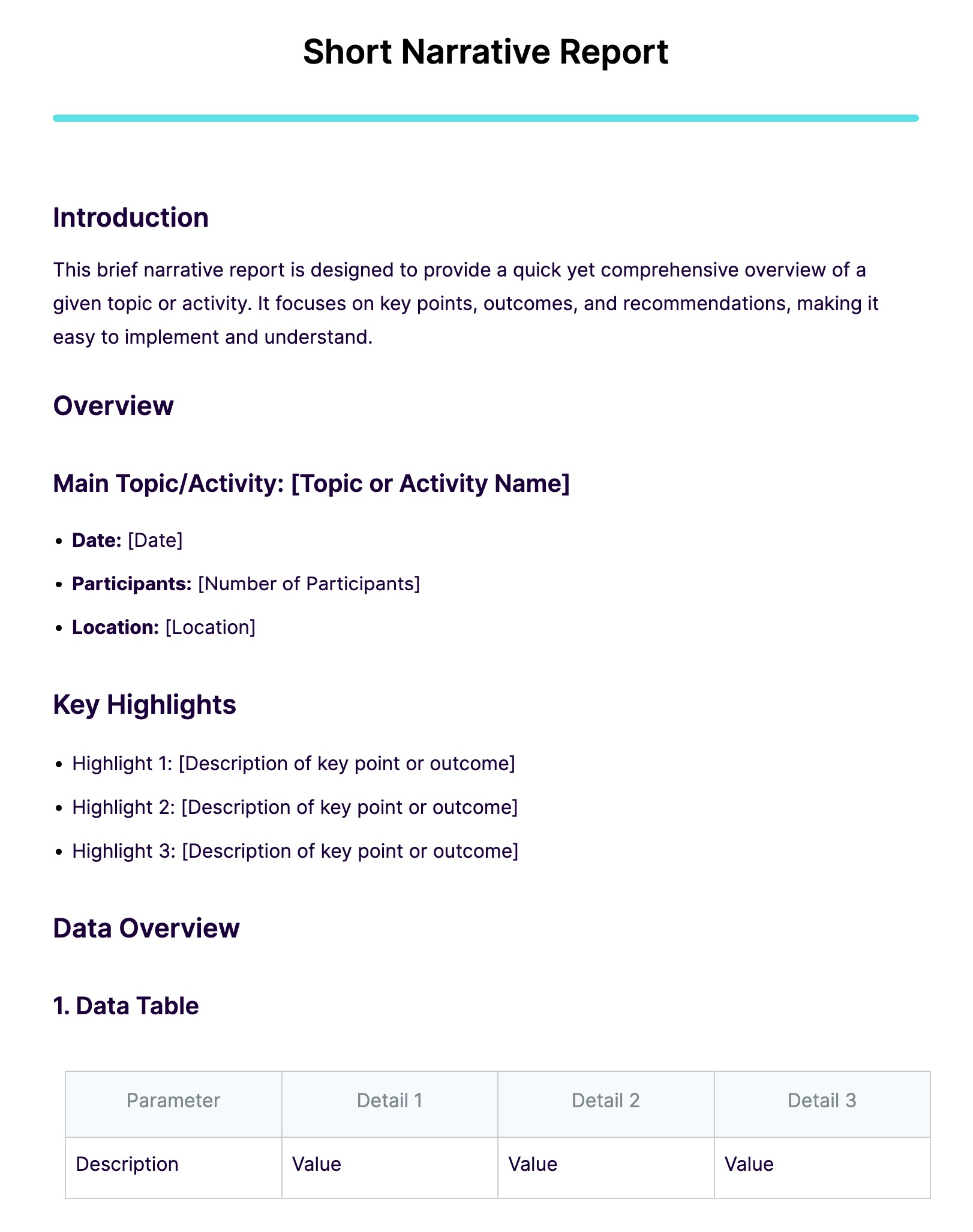
2. Project Narrative Report Example
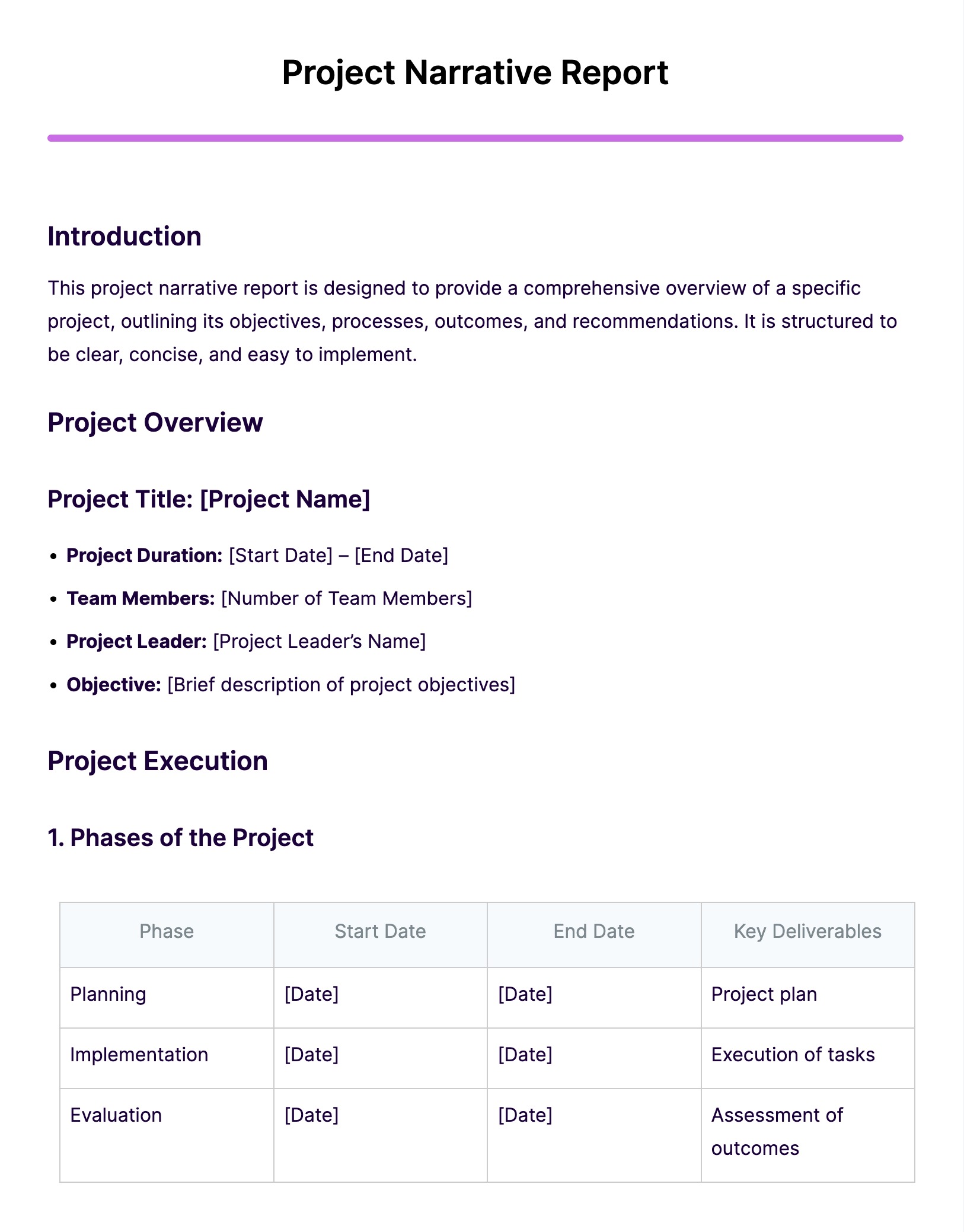
3. School Narrative Report Example
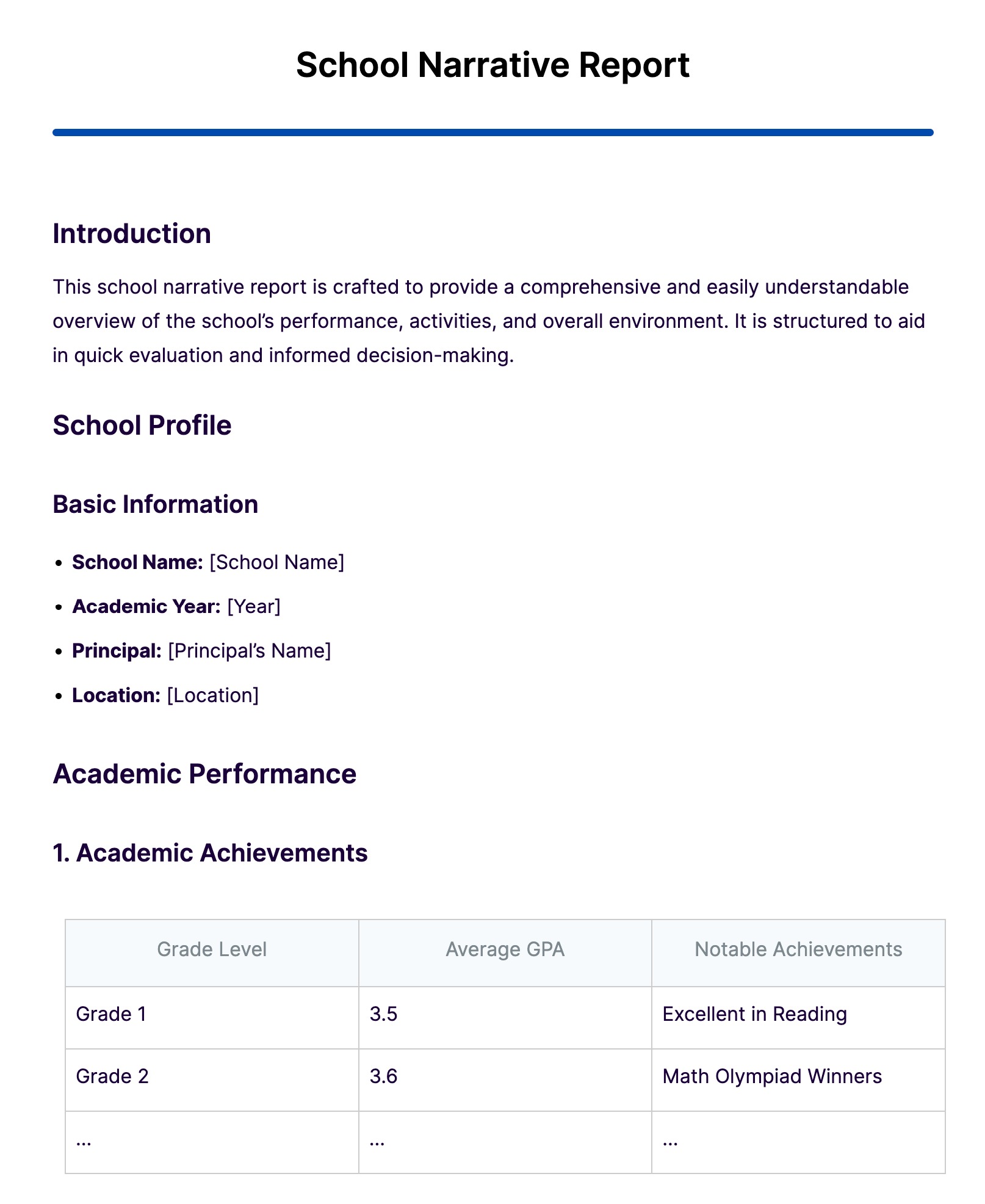
4. Business Plan Narrative Report Example
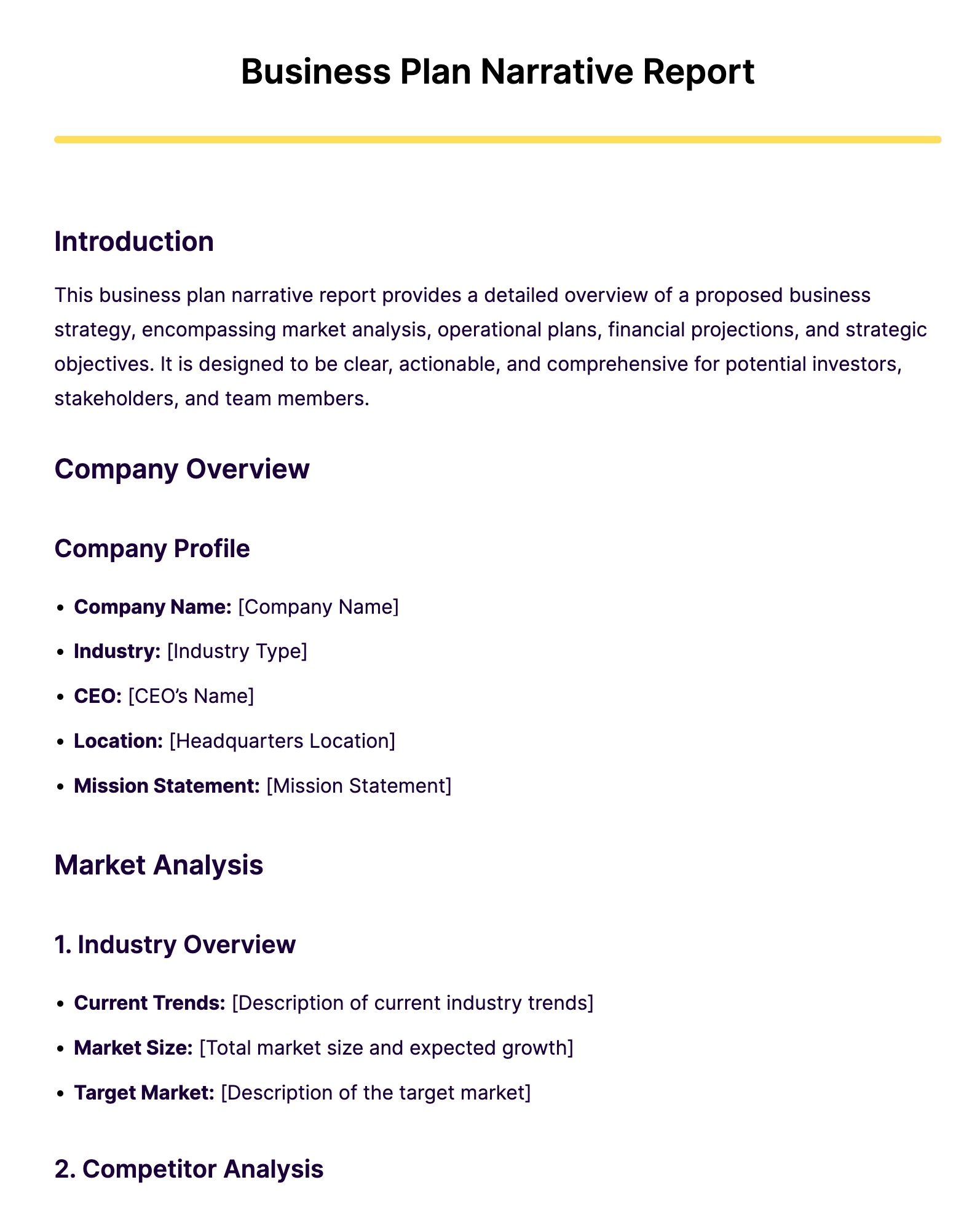
5. Example of Narrative Report Template
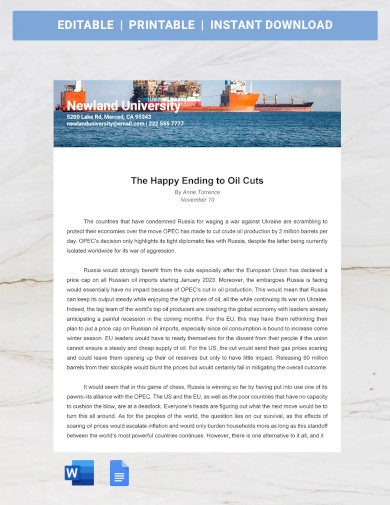
6. Business Plan Narrative Report Template
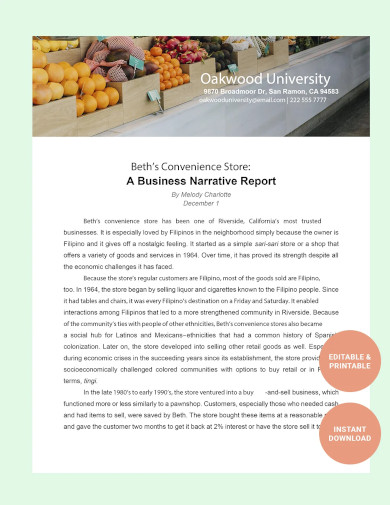
7. Narrative Appraisal Report Template
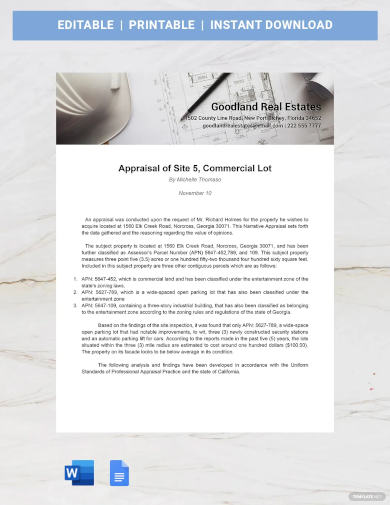
8. Narrative Progress Report Template
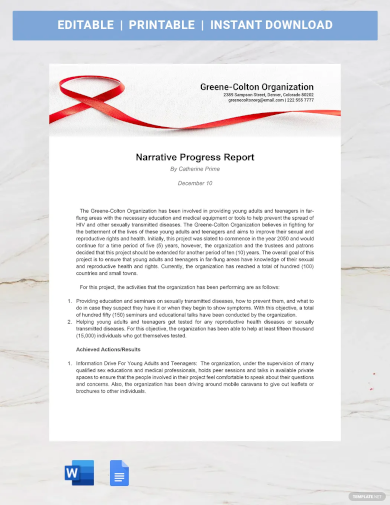
9. Narrative Report Format Example
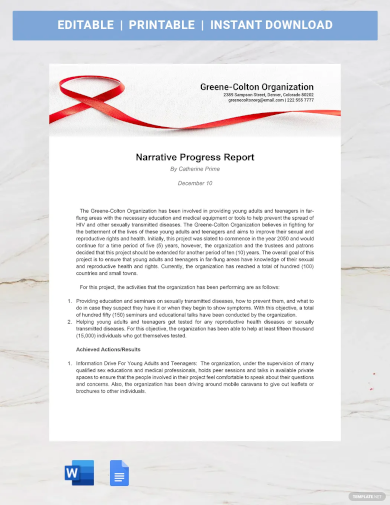
10. Monthly Narrative Report Template Example
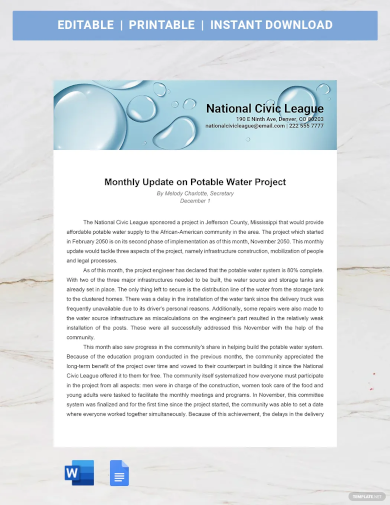
11. Financial Narrative Report Template Example
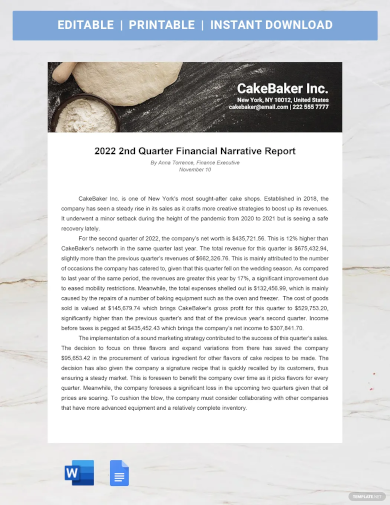
12. Project Narrative Report Template Example

13. Business Narrative Report Template
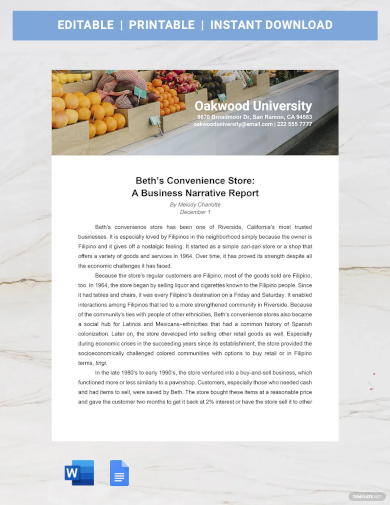
14. Narrative Report Template Example
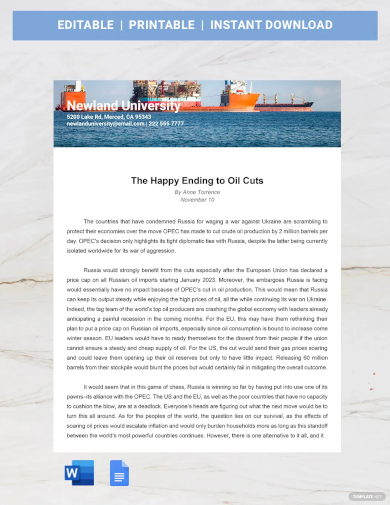
15. Free Sample Narrative Report Template
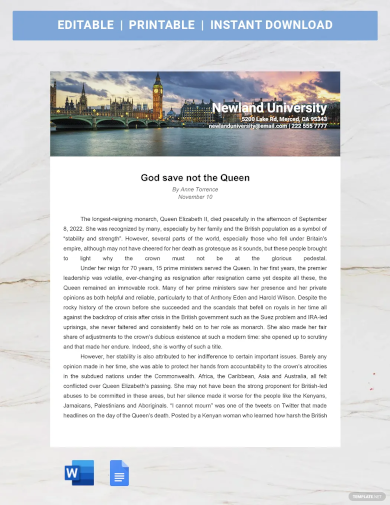
16. Annual Narrative Report Template Example
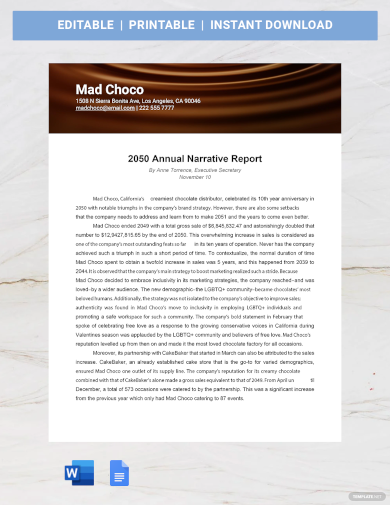
17. Final Narrative Report Template Example
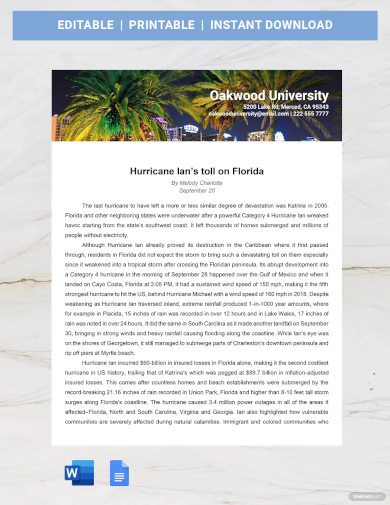
18. Narrative Report Example for Students
19. Student Narrative Report Example
20. Narrative Report with Documentation
21. Narrative Report For Work Example
22. Construction Narrative Report Example
23. Basic Report Writing Example
24. Sample Police Narrative Report Example
Compare and Contrast: Essay and Report
Before this guide even starts to discuss all about a narrative report, it is important that you understand that an essay and report are not the same. Here is a list of the differences and similarities of an essay and a report:
1. Differences
- Essays give you more opportunity to expand on possibilities, ideas or concepts; this means essays can explore more hypothetical situations. On the other hand, simple reports deal with describing and/or analyzing real past events; it can be written to make predictions or recommendations for the future.
- Essays content flows without breakage meaning the organization of thoughts are only divided by paragraphs but still has continuity into it.
- Reports are usually divided into sections, headings and sub-headings. Illustrations, diagrams, attractive charts, tables, etc. are also used in a formal report.
- Reports can be presented orally while essay are usually submitted in a written or printed document.
- Essays are usually written in the third person while reports can use either first or third person.
- The usage of bullet points in a report is very common while it is not common in an essay.
- A Recommendation for Action section is included in a report but is very unusual in an essay.
2. Similarities
- Both have one or more central point to focus on and given emphasis. You may also see marketing report examples.
- Both can include references however they vary in the method for citing such references.
- Both should definitely include an introduction and conclusion.
- Both are comprehensively structured and has a logical progression of ideas.
- Although they use different method, both have text broken into readable chunks. Sections for reports, paragraphs for essay. You may also like management report examples.
- Only one key point is discussed in every report section or essay paragraph.
- Uses language suitable for their expected audience and is accepted in conventions of writing.
25. Free News Report Narrative Example
26. Narrative and Financial Report Example
27. Summer Camp Narrative Essay Example
28. Direct Narrative Writing Example
29. Book Report How-To Example
30. Final Project Narrative Report Example
Contents of a Narrative Report
In order to ensure you have an effective narrative report, these parts or contents must be found in your document. However, these are only the general sections found in a narrative report, the specific parts are up to the requirements of your course or professor. Listed below are the relevant contents of a narrative report:
1. Introduction
Th introduction of your narrative report must provide a short description of the report topic. This is the first section of the report that needs a thesis like general statement to convey what the rest of the report is going to talk about. Just like in any writing piece, a the introduction should be able to briefly but still accurately state the main point the report is trying to make.
For example, when writing a report about the end of collegiate term, you can start the introduction of your report with when you started and what you learned.
2. Knowledge or Learning Acquired
This section of the report contains all the relevant information to your main topic. In the given example above, you can write about what you have learned through the entire term in this section. You can talk about anything that you have actually learned however it must be presented in a nonfiction format. Since the a narrative report is solely based on facts, the information you should include must be truthful as well. You may also see recruitment report examples.
3. Observations
In this section, the things you have observed and the things you have learned through observation is stated. This is basically the art where you recount all of your observations during the period the topic of your report occurred. This can be lengthy or short depending on the amount and depth of the observations you want to expound on. Most of the time, this can be based on a person or activity you have observed and learned from. You may also like monthly report examples & samples.
4. Recommendations
In the recommendations section you focus on concluding what has been discussed in the previous sections. This section can also be used to express what can be done to improve certain activities or events you have attended. Say for example, a narrative report can be done on a seminar you have attended and this section can state how better quality hand-out could help the audience understand the topic more or other changes to improve your learning experience. You may also check out research report examples.
As mentioned beforehand, these are some of the most common parts in a narrative report. Depending on the requirement for your course or guidelines set by your professor, these sections can still have more. For example, a narrative report can also have objectives section, accomplishments and challenges section, description of activities, analysis and evaluation, etc.
31. Final Narrative Report Guidelines Example
32. Seminar Narrative Report Template Example
33. Joint Program Final Narrative Report Example
34. Behavioral Health Index – Multimedia Version Narrative Report Example
Tips for Effective Narrative Report Writing
Writing an effective narrative report requires a blend of storytelling and factual accuracy. Whether it’s a business, academic, or personal narrative, the key lies in presenting information in an engaging and coherent manner.
Focus on Clarity and Detail
Start by ensuring clarity in your narrative. Whether it’s an Internship Narrative Report or an Annual Narrative Report, your information should be precise and detailed. This helps in conveying the complete picture to your audience.
Engage with Storytelling Techniques
Use storytelling techniques to make your Monthly Narrative Report or any other narrative report more engaging. This includes setting a scene, building a narrative arc, and developing a compelling conclusion.
Use Visuals Where Appropriate
Incorporating visuals like charts and graphs, especially in complex reports like a Quarterly Narrative Report, can aid in conveying information more effectively. Visuals can break monotony and help in better data interpretation.
Maintain a Logical Flow
Ensure that your report, be it a Narrative Report for School Activities or a Narrative Report in Research Paper, follows a logical flow. This helps in keeping the reader engaged and makes the report more digestible.
How to Make a Narrative Report?
Creating a narrative report involves several steps, each crucial to crafting a report that is informative, engaging, and well-structured.
Collect and Organize Information
Begin by gathering all necessary information. If it’s a Business Narrative Report, this might include data on market trends, financial statements, and strategic developments. Organize this information in a way that makes sense for your narrative.
Write with a Clear Objective
Every narrative report should have a clear objective. Whether it’s to inform, persuade, or entertain, the objective should guide the tone and content of your report. This is particularly important in specialized reports like a Narrative Report for Seminars.
Edit and Refine
After drafting your report, take time to edit and refine it. This includes checking for grammatical errors, ensuring coherence, and verifying facts. A well-edited Academic Narrative Report or any other type of narrative report is more credible and effective.
Include a Call-to-Action
If appropriate, conclude your report with a call-to-action. This is especially relevant in reports like a Grooming Narrative Report, where you might want to encourage specific behaviors or responses from your audience.
How to Write a Narrative Report?
Writing a narrative report involves conveying information through a story-like format, making it more engaging and memorable for the reader.
Crafting a Compelling Introduction
Begin with an introduction that sets the stage. For a Narrative Report in Research Paper, introduce your topic and research objectives clearly.
Developing a Clear Narrative
Structure the body of your report in a logical sequence. In an Internship Narrative Report, narrate your experiences chronologically, highlighting key learnings and observations.
Using Descriptive Language
Employ descriptive language to bring your narrative to life. This is particularly effective in a Narrative Report Essay, where vivid descriptions can engage the reader more deeply.
Concluding with Impact
End your report with a strong conclusion. In a Quarterly Narrative Report, summarize key findings and reflect on the implications or future directions.
What is the difference between narrative and report?
| Aspect | Narrative | Report |
|---|---|---|
| Purpose | To entertain, inform, or engage the reader through storytelling. | To convey information, facts, or findings on a specific topic or issue. |
| Structure | Often follows a storytelling structure with a clear beginning, middle, and end. | Typically follows a formal and structured format with sections like introduction, methods, results, and conclusion. |
| Tone and Style | Can have a more personal and creative tone. It may include descriptive language and dialogue. | Requires a formal and objective tone, typically avoiding personal opinions or emotions. |
| Subjectivity | May include personal opinions, reflections, or emotions. | Emphasizes objectivity and relies on evidence, data, and analysis. |
| Audience | Can be aimed at a general audience or a specific group interested in the story. | Intended for a specific audience, such as stakeholders, decision-makers, or experts in a particular field. |
| Examples | Personal stories, novels, short stories, memoirs, and creative writing. | Research reports, business reports, scientific papers, financial statements, and technical documents. |
| Conclusion | Often concludes with a reflection, moral, or takeaway from the story. | Typically ends with a summary of findings, recommendations, or future actions. |
General FAQ’s
What is a narrative report?
A narrative report is a form of written or spoken communication that tells a story or sequence of events in a structured, engaging manner, often with a personal or creative touch.
How can I start my narrative report?
To begin a narrative report, start with a captivating hook or introduction that sets the scene, introduces characters, and establishes the context, engaging the reader’s interest.
What is a good sentence to start a narrative?
A strong sentence to start a narrative is one that captivates the reader’s attention and introduces the central theme, setting, or a compelling question that piques their curiosity.
Does narrative report have title?
A narrative report often has a title, which provides a brief and descriptive glimpse of the story’s content, helping the reader understand the subject or focus of the narrative.
How many paragraphs are in a narrative report?
The number of paragraphs in a narrative report can vary widely depending on the length and complexity of the narrative. It typically includes an introduction, multiple body paragraphs, and a conclusion.
What are the two writing style in narrative writing?
Two common writing styles in narrative writing are first-person and third-person. First-person uses “I” to tell the story from the protagonist’s perspective, while third-person uses “he,” “she,” or character names.
The guide on Examples.com about writing narrative reports for school activities emphasizes the importance of these reports as tools for reflection and learning. They offer students a unique opportunity to articulate and analyze their experiences, contributing to their personal and educational growth. By capturing the essence of school events and personal insights, narrative reports serve as an invaluable asset in the educational journey.
For further enrichment in narrative writing, Western Technical College presents a collection of narrative and reflection writing samples. These samples can provide inspiration and guidance for students and educators in creating compelling and reflective narratives (Western Technical College Writing Samples).
Additionally, Walden University offers a detailed guide on drafting narratives, especially useful for students in understanding the structure and elements of effective narrative writing. This resource provides practical advice on organizing thoughts, establishing a clear perspective, and persuasively conveying personal experiences (Walden University Drafting a Narrative). These resources collectively offer valuable insights and practical tools for enhancing the quality of narrative reports in educational contexts.


